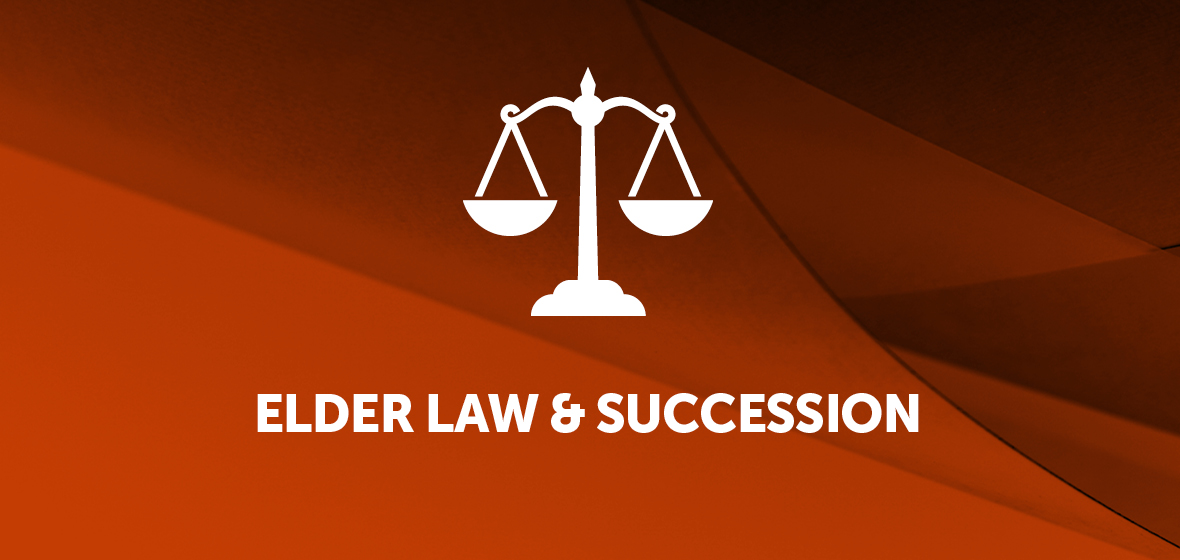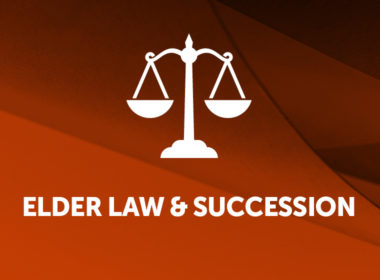Key decisions
- Valverde v Inch [2018] NSWSC 366
- Bayside Council v Estate of Goodman [2019] NSWSC 530
- Federal Commissioner of Taxation v Whitings [1943] HCA 45
- Targett v Von Stieglitz [2019] TASSC 25
- HZC [2019] NSWCATGD 8
- Richardson v Lindsay [2019] NSWCA 148
Additional content – only available on LSJ Online
- Squire v Squire [2019] NSWCA 90
- Squire v Squire (No 2) [2019] NSWCA 120
- Katramados v Hasapis (No 3) [2019] NSWSC 435
- Steinmetz v Shannon [2019] NSWCA 114
- Strang v Steiner [2019] NSWCA 143
- Milosevska v Milosevski [2019] NSWSC 711
- Love v Williams [2019] NSWSC 555
- Re GRP [2019] NSWSC 710
- Weisbord v Rodny (No 2) [2019] NSWSC 739
- Re Estates Brooker-Pain and Soulos [2019] NSWSC 671
- Application of Country Road Services Pty Ltd (In the matter of the Browne Family Trust) [2019] NSWSC 779
- Kitchener v Magistrate Thomas in his capacity as a Coroner [2019] NSWSC 701
Transmission to executors, death of executors, sale of asset; who owns the proceeds?
Maud Maria Inch died in 1968 owning real estate at Bondi Junction known as lot 2. By her will she left her estate to her three children, and appointed two of them, Cecil and Maud junior, as her executors. The executors obtained a grant of probate and transmitted lot 2 to themselves as executors, as joint tenants. Maud junior later appointed Cecil as her attorney. In 2009 they entered into a contract to sell lot 2. Five weeks later, Maud junior died. Thereafter, Cecil completed the sale, signing the transfer for himself and as attorney for his late sister (although the revocable power of attorney was revoked by her death). Two weeks later, Cecil died. The proceeds of sale were paid to Cecil’s executor (although a grant was never obtained). The executor of Maud junior’s estate brought proceedings against the person named as Cecil’s executor to recover part of the proceeds of sale.
The Court explained that the expression ‘joint tenancy’ ‘takes on a different meaning when used in the context of several holders of the office of executor of a deceased estate. In the case of several executors, in order to enable them to perform their executorial duties, the law gives them a joint interest in all estate assets; that joint interest differs from an ordinary joint tenancy because, not only are all the executors seized of the entire interest, but so is each one; it is a joint tenancy, but of a special kind’ (Valverde v Inch [2018] NSWSC 366 (Lindsay J) at [84]–[85]). ‘Absent an agreement between them to the contrary, the respective beneficial entitlements of Cecil and Maud junior to, or in respect of, lot 2 were to be determined by reference to the will of Maud senior. Section 26(1) of the Conveyancing Act 1919 operated to confirm … that those beneficial entitlements were held as tenants in common in equal shares’ (at [99]). ‘Prima facie, at the time lot 2 was sold by entry into the contract … Cecil and Maud junior held the legal title to that land (as joint tenants) on behalf of themselves as beneficiaries under the will of Maud senior, as tenants in common in equal shares’ (at [105]).
Accordingly, ‘As between Cecil and Maud junior’s estate, her death did not, of itself, extinguish any beneficial entitlement attaching to her identity. If, at the time of her death, she was entitled to a half share of the property as a tenant in common in equity, that entitlement continued to subsist despite her death, enforceable by her legal personal representative’ (at [108]). The Court so held.



